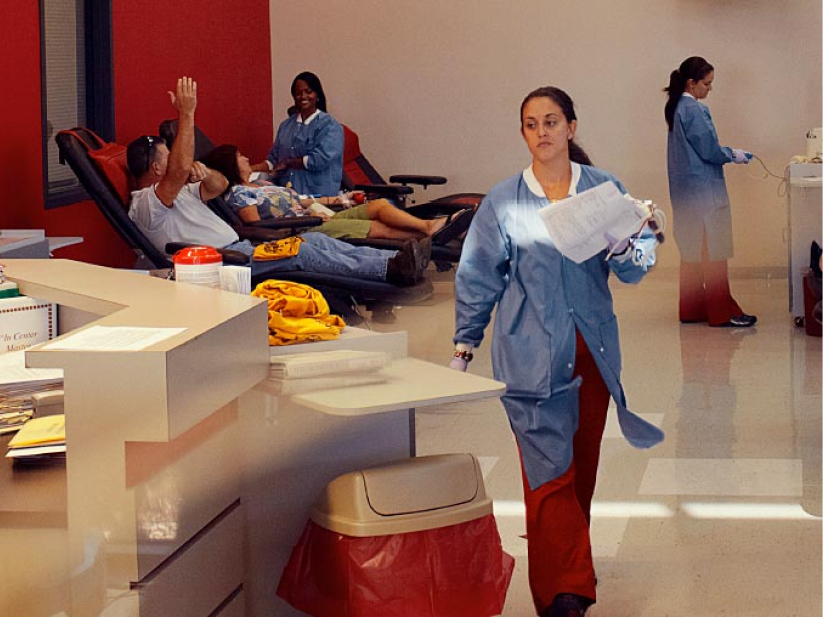Blood centers around the world are facing times of incredible change
Health care reform. Industry consolidation. Patient blood management. Declining donor bases. Evolving regulations. Price compression. Not to mention the constant threat of emerging pathogens reaching new geographies.
These changes cause fluctuations in the demand for and availability of blood. How blood centers face this challenge will impact their future success.
Take command of demand
In the past, demand for blood was steadily growing in both developed and developing markets, as populations grew and aged, health care infrastructure improved and the practice of medicine advanced.
Today, the World Health Organization (WHO) has targeted improving blood safety and ensuring the availability of blood and blood components as a significant challenge for developing markets—in particular for pediatrics and maternal health. Blood centers in these markets must find ways to collect the components they need and do more with the donors in front of them while also reducing the risk of transfusion-transmitted diseases and costly discards of infected blood, which further contribute to shortages.
In developed markets, advanced surgeries and patient blood utilization efforts have dramatically reduced the number of transfusions performed. In the U.S. alone, the number of whole blood and red blood cell units collected declined from 15.7 million in 2011 to about 12.5 million in 2015—a drop of 20 percent in just a few years.1,2 These centers are challenged with controlling costs, collecting the right components from the right donors, consolidating for savings and diversifying for continued growth.
Technology, a valuable necessity
In both developing and developed markets, advanced technologies offer blood centers the promise of capturing efficiencies they may have overlooked or may not be aware of.
Advancements in automated collections and processing can help blood centers better meet and manage demand, reduce waste and provide control and consistency in their processes.
By combining these improvements with pathogen reduction technologies, blood centers can more easily meet the challenges of blood availability, reduce discards and more closely match collections to demand, while providing patients an additional layer of protection against transfusion-transmitted disease.
This will be a list that pulls in related products and software.
-

Whole Blood Bag Systems
-

Mirasol®
Automation drives efficiency
As in many other industries, automated processes offer greater efficiency, streamlined operations, simplified data capture and timely data analysis. Automation can be as simple as barcoding, or as advanced as automated whole blood processing, combined with sophisticated software that tracks each donation every step of the way, through your blood center. Imagine the efficiency gains with tools that match each donor with the best possible collection and then guide decision-making through processing each donation into the most needed and viable products.
Reveos system customer video
Learn more from blood centers who have implemented the system.
TACSI system customer video
Learn more from blood centers that have implemented the system.
Collaboration is key
No matter where your blood center is today, you can benefit from working with a partner who understands your business—from donor to patient—and is willing and able to collaborate with you to find the solutions that best meet your needs.
Industry experts predict that change is here to stay; in fact, the rate of change we are experiencing today is likely to accelerate. The blood center market will continue to evolve, and the blood centers that thrive will continue to find new ways to capture and deliver value and achieve growth.
Work with a partner who understands your needs.
For operator's manuals and Instructions for Use, visit our eIFU website: Terumo.eidu.com. Form more information, visit Help.TerumoBCT.com.
1Whitaker, B. and K. Haass, "Results From The 2015 Blood Surveys." 2016 AABB Annual Meeting. Orlando, Florida. 24 October 2016. Presentation.
2KW Chung, et al., "Declining Blood Collection and Utilization in the United States." Transfusion 2016; 56 (9): 2184–2192.





